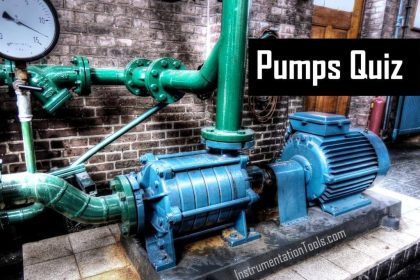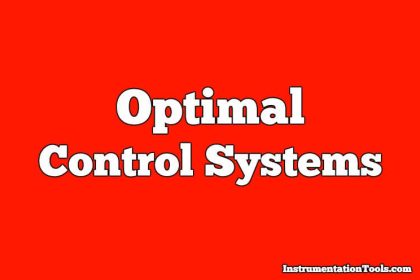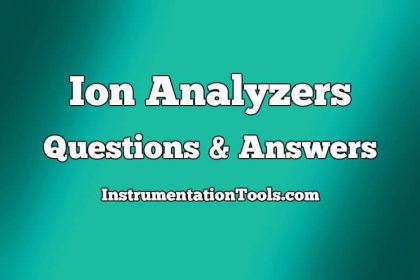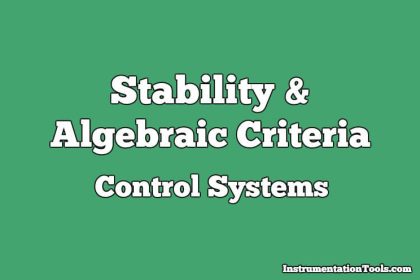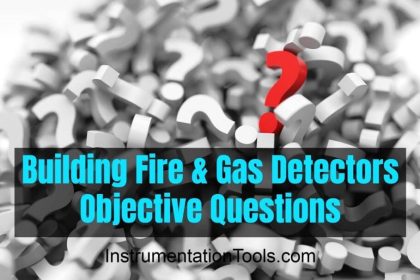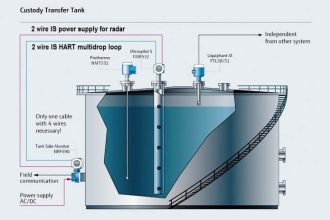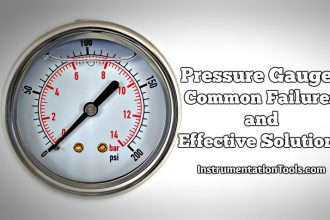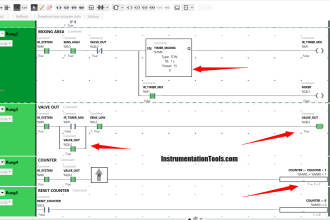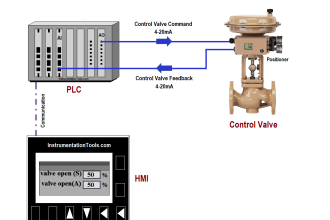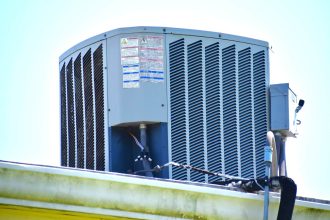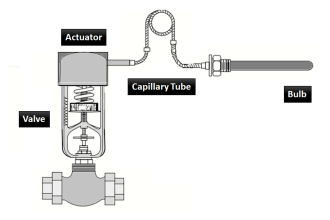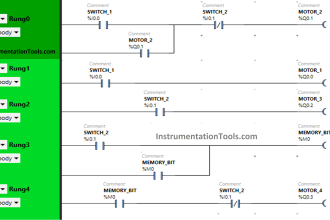Combination Electrode Questions & Answers
1. In combination electrode, which of the following electrodes are built together?
a) Primary electrode, secondary reference electrode
b) Primary reference electrode, glass electrode
c) Glass electrode, secondary reference electrode
d) Glass electrode with another glass electrode
Answer: c
Explanation: In combination electrode, glass electrode and secondary reference electrode are built together. Internal reference electrode is identical with external reference electrode.
2. Which of the following reference electrodes are used as internal and external reference electrodes in combination electrodes?
a) Silver/silver chloride electrode
b) Calomel electrode
c) Mercury/mercury sulphate electrode
d) Mercury/mercury chloride electrode
Answer: a
Explanation: Silver/silver chloride electrode is used as internal and external reference electrodes in combination electrodes. Internal reference electrode is identical with external reference electrode.
3. The reference electrodes in combination electrodes are protected against light using which of the following?
a) Emerald green glass
b) Ruby red glass
c) Sapphire blue glass
d) Pearl white glass
Answer: b
Explanation: The reference electrodes in combination electrodes are protected against light using ruby red glass. The ruby red glass absorbs light.
4. Combination electrodes containing the electrolyte in gel format have which of the following advantages over normal ones?
a) Simple to use
b) Low maintenance
c) Low cost
d) More accurate
Answer: b
Explanation: Combination electrodes containing the electrolyte in gel format provide the advantage of low maintenance. They are more rugged.
5. Which of the following is not the advantage of gel-filled electrodes?
a) Low maintenance
b) Rugged in construction
c) Easy to maintain
d) Does not cause clogging
Answer: d
Explanation: Gel-filled electrodes cause clogging. Hence, the output becomes less accurate.
6. Good choice for storing combination electrodes is in a buffer solution having which of the following pH?
a) pH1
b) pH2
c) pH3
d) pH4
Answer: d
Explanation: Good choice for storing combination electrodes is in a buffer solution having pH4. They can be stored in KCl solutions having particular pH values.
7. The gel used in combination electrodes does not have which of the following characteristic?
a) Non-toxic
b) USP grade
c) Inorganic material
d) Polyacrylamide
Answer: c
Explanation: The gel used in combination electrodes is organic. It can also be made of polyacrylamide.
8. Beckman coulter gel filled combination electrodes provide which of the following features to overcome various problems that occur in gel filled electrodes?
a) Filters
b) Semi-permeable membrane
c) Gas-permeable membrane
d) Micro-pore junction
Answer: d
Explanation: Beckman coulter gel filled combination electrode provides a special micro-pore junction to overcome various problems that occur in gel filled electrodes. Here, there is direct contact between sample and the gel.
9. In which of the following solutions must combination electrodes be soaked after cleaning?
a) KCl
b) LiCl
c) KNO3
d) K2SO4
Answer: a
Explanation: Combination electrodes can be soaked in KCl solution after cleaning. This will re-condition the bulb and increases its life.
10. Gel filled combination electrodes operate in a wide temperature range.
a) True
b) False
Answer: a
Explanation: Gel filled combination electrodes operate in a wide temperature range. The temperature range is between -5 to 100oC.
11. In combination electrodes, both the electrodes must be maintained at different temperatures.
a) True
b) False
Answer: b
Explanation: In combination electrodes, both the electrodes must be maintained at same temperature. Measuring error due to small temperature differences between the buffer solution and the sample are negligible.

